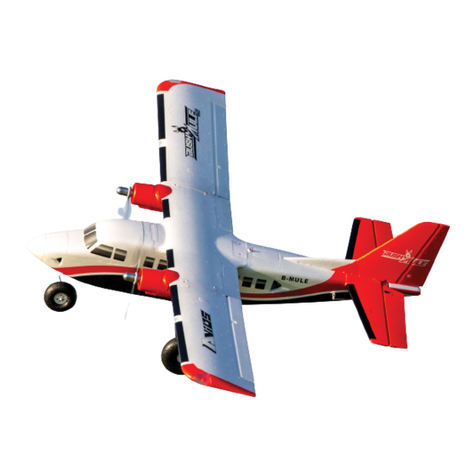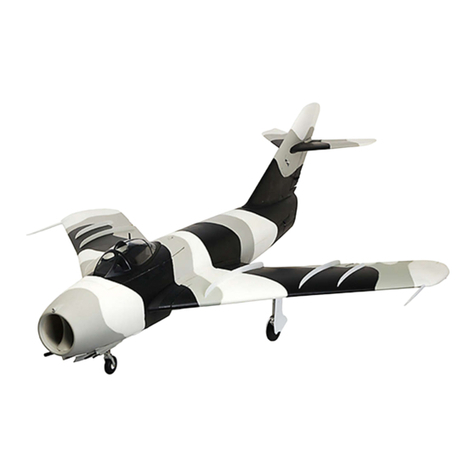Avios Zazzy User manual
Other Avios Toy manuals
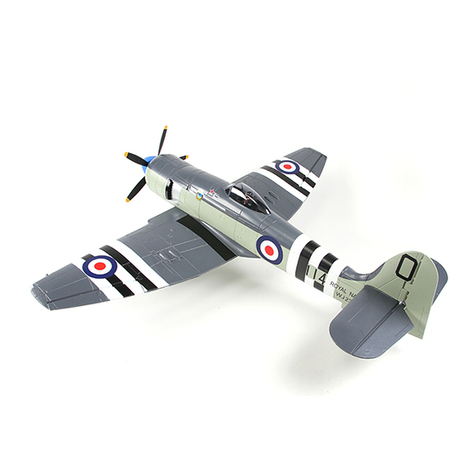
Avios
Avios Hawker Sea Fury FB11 EPO Warbird User manual

Avios
Avios KingTwin 1700 User manual
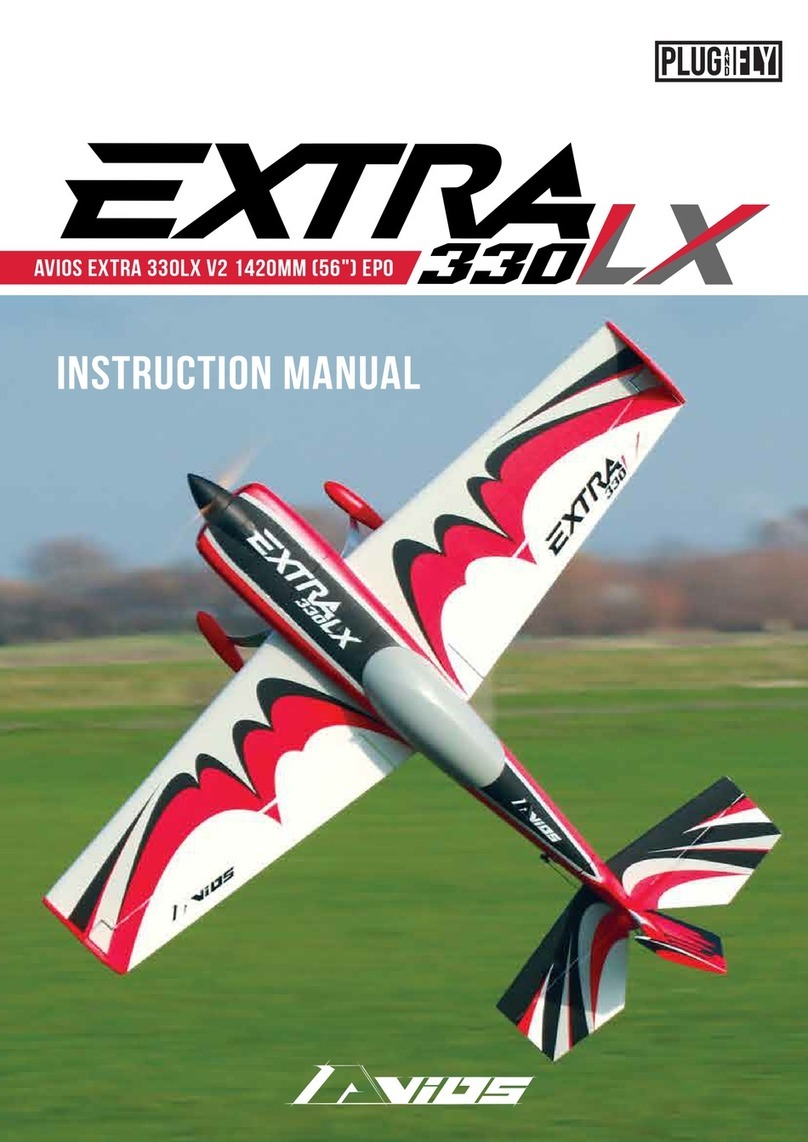
Avios
Avios EXTRA 330 LX User manual
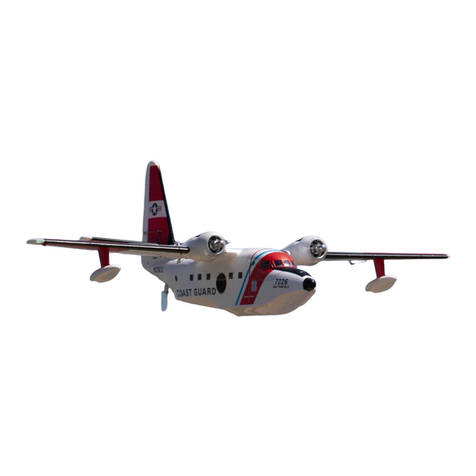
Avios
Avios Albatross HU-16 User manual
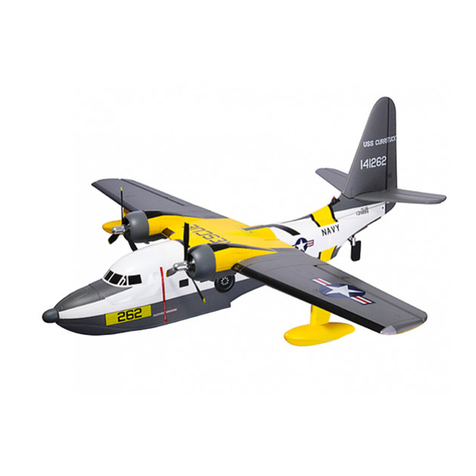
Avios
Avios Albatross User manual

Avios
Avios C-130V2 User manual
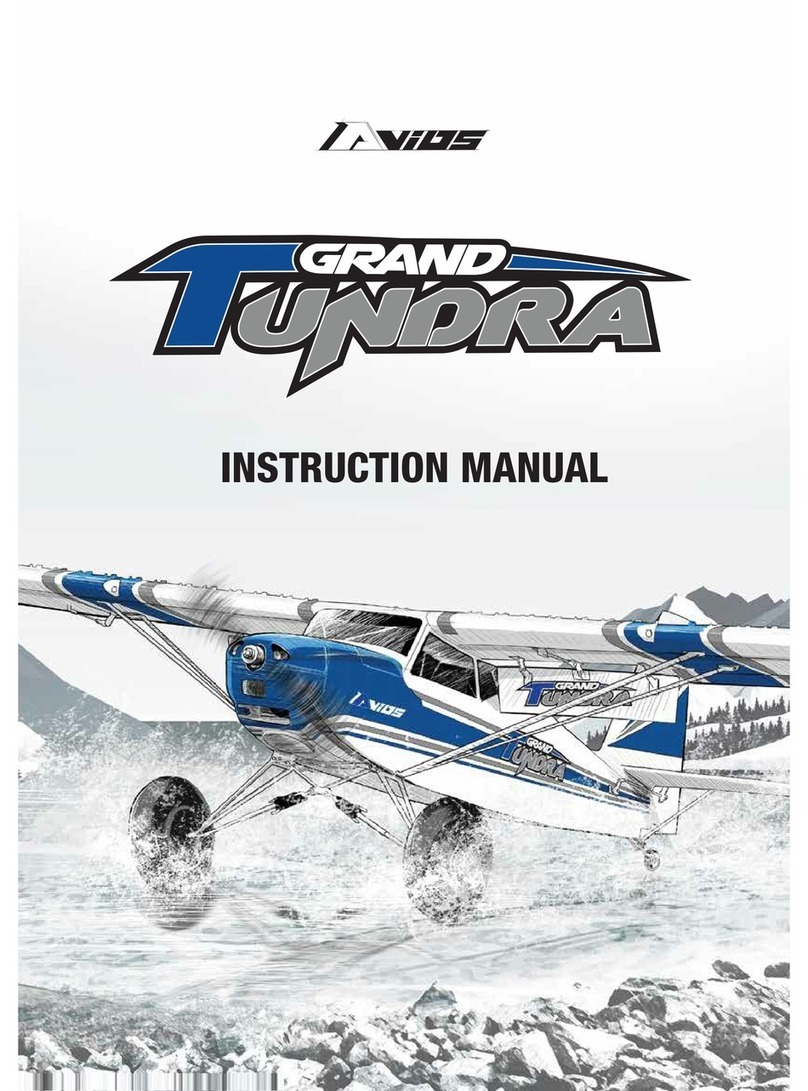
Avios
Avios Grand Tundra User manual
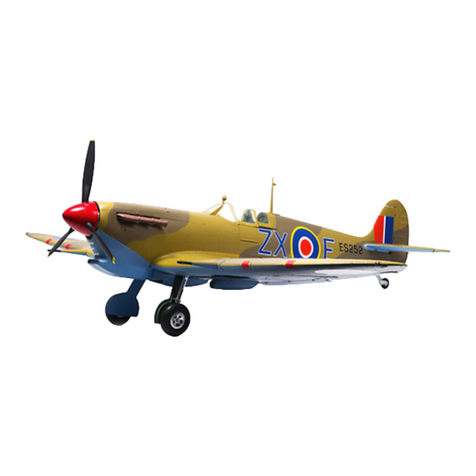
Avios
Avios SPITFIRE Mkvb User manual
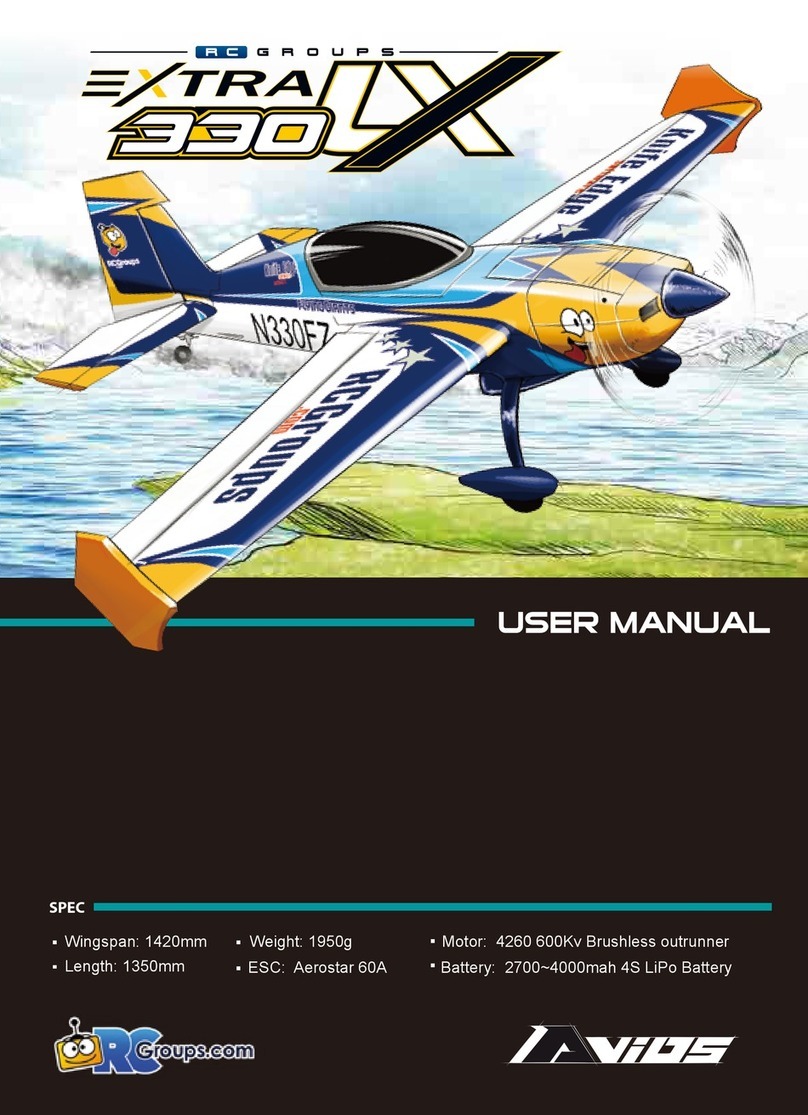
Avios
Avios Exra330 LX User manual
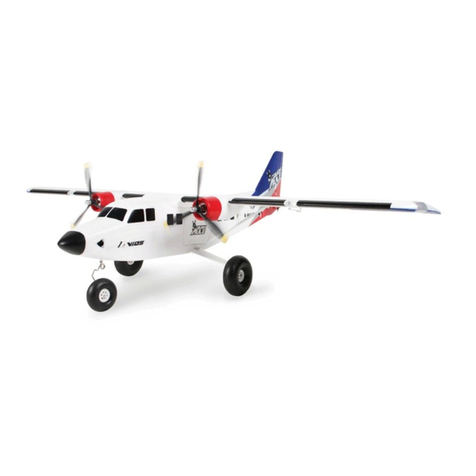
Avios
Avios Bush Mule User manual
Popular Toy manuals by other brands

FUTABA
FUTABA GY470 instruction manual

LEGO
LEGO 41116 manual

Fisher-Price
Fisher-Price ColorMe Flowerz Bouquet Maker P9692 instruction sheet

Little Tikes
Little Tikes LITTLE HANDIWORKER 0920 Assembly instructions

Eduard
Eduard EF-2000 Two-seater exterior Assembly instructions

USA Trains
USA Trains EXTENDED VISION CABOOSE instructions
